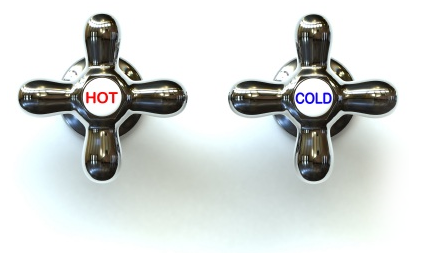
What would you be willing to trade to live for two more months? Would you risk paralysis of your lower body? Would you go on a feeding tube? Or would you rather accept death?
These are the difficult choices that face many patients and their caregivers. In Being Mortal, Dr. Atul Gawande argues that end of life care tends to focus on increasing the patient’s length of life, while sacrificing quality of life. In light of this dilemma, Dr. Gawande urges us to be more thoughtful when considering end of life treatment options. We should make deliberate choices that adhere to our personal definition of well-being. While one individual might accept a high risk of paralysis in exchange for the ability to watch football and eat ice cream, others might make radically different tradeoffs.
Looking at Being Mortal through a behavioral lens reveals a parallel argument: in order to support individual well-being, end of life care must focus on goals rather than preferences. To understand why, we can look to one of the most challenging human biases – the empathy gap.
Empathy gaps occur when we overemphasize our current “hot” emotional state and miscalculate our future “cold” state behavior (Loewenstein, 2005). The binge drinker who swears off alcohol at the height of inebriation offers a perfect example of the empathy gap in action. Overwhelmed by visceral pain and preoccupied with his emotional state, he vows to never drink again. What he doesn’t realize, however, is that his choice is heavily influenced by his “hot” state. After sobering up and returning to a “cold” state, he forgets the ill effects of inebriation and repeats the cycle at the next party.
The binge drinker in this example teaches us that a choice made in one state might not hold up in the other, because visceral factors like hunger, thirst, pleasure, and pain can cloud our judgment.
Now consider three common preferences in a living will:
- Do you want cardiopulmonary resuscitation if you heart ceases to function?
- Do you want mechanical respiration if you are unable to breathe unassisted?
- Do you want artificial hydration or nutrition if you are unable to eat or drink?
How can we expect a healthy individual sitting in a lawyer’s office to accurately make choices about a distant hypothetical life-threatening situation? Even in the cold state of good health, about 1 in 3 individuals will reverse their preferences for life-sustaining interventions at least once in a two-year period (Danis et al., 1994; Ditto et al., 2003). This cold state indecisiveness makes it difficult to generate authentic living wills in times of health. Add to that the hot state complexity of living with dementia or paralysis, and making end of life choices looks like a losing behavioral proposition. This cold-to-hot state empathy gap represents the inverse problem of the binge drinker, yet it is just as difficult to overcome.
Now consider some of the questions mentioned in Being Mortal:
- What is your understanding of your situation and its potential outcomes?
- What are your fears and what are your hopes?
- What are the trade-offs you are willing to make and not willing to make?
While Dr. Gawande acknowledges the importance of assessing preferences for life-sustaining interventions, he appears to focus primarily on a patient’s goals for living. The behavioral literature supports this approach in theory, as goals are more durable than preferences. When we set goals, we draw on our experiences in order to decide what we want to achieve. While goals shift as an individual moves through life, preferences are significantly more susceptible to empathy gaps and other context biases, such as framing. Some of these biases are fairly minor, but others will cause us to make critical mistakes. This is especially true when we are asked to make choices about situations with which we have little to no experience, which is often the case for end of life care.
As I’ve written before, the behavioral literature can only offer heuristics and guardrails for optimizing choice and mitigating bias. Ultimately, medical professionals must negotiate these behavioral hurdles and help their patients to make the right tradeoffs.